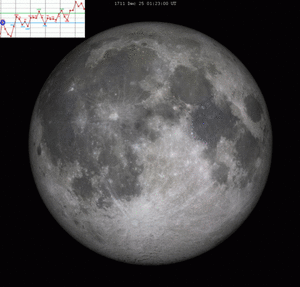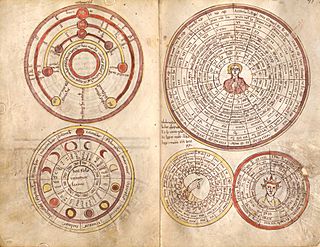Metonic cycle facts for kids

The Metonic cycle is a special period of about 19 years. People use it in astronomy, which is the study of space, and when making calendars. It's super helpful for lunisolar calendars. These calendars try to keep track of both the Sun's and the Moon's movements.
The amazing thing is that 19 solar years (how long it takes Earth to go around the Sun 19 times) is almost exactly the same length as 235 lunar months (how long it takes the Moon to go through 235 full cycles of its phases). This makes the Metonic cycle a very useful tool for keeping calendars accurate over many years.
Contents
History of the Metonic Cycle
The Metonic cycle is named after an astronomer called Meton of Athens. He used this cycle in the calendar of ancient Athens around 432 BCE.
But Meton wasn't the first to discover it! This cycle was actually used in the calendars of many old cultures even before Meton's time. For example, people in Babylonia and China knew about and used this cycle long ago.
Using the Metonic Cycle in Calendars
Imagine you have 19 years, and each year has 12 lunar months. That would be lunar months in total. But we know that 19 solar years actually equal 235 lunar months.
So, over 19 years, we need to add extra lunar months. This helps the calendar stay in sync with the seasons and the Moon's phases. Adding a thirteenth month to a year is called intercalation. There are different ways to do this:
- The old Babylonian calendar and the modern Jewish calendar add an extra month. They do this just before the spring equinox (when day and night are equal length). They follow a set schedule: years 3, 6, 8, 11, 14, 17, and 19 of each 19-year cycle get an extra month.
- The modern Chinese calendar and other Asian calendars use special calculations. They look at the Sun's movements and the Moon's phases to decide when to add the extra month.
- Some cultures used observation to decide. For example, they might wait to see if a crop was ripe before adding an extra month. The way people calculate the date of Easter also uses astronomical observations. They check the spring equinox to figure out if Easter will be 12 or 13 lunar months after the last one.
Metonic Cycle and Eclipses
The length of a Metonic cycle is also very close to the length of 20 "eclipse years." An eclipse year is the time it takes for the Sun to return to the same node (a point where the Moon's orbit crosses the Earth's orbit).
Because of this, some eclipses can repeat themselves about every 19 years. This means if you saw an eclipse on a certain date, you might see a similar one 19 years later!
See also
 In Spanish: Ciclo metónico para niños
In Spanish: Ciclo metónico para niños


